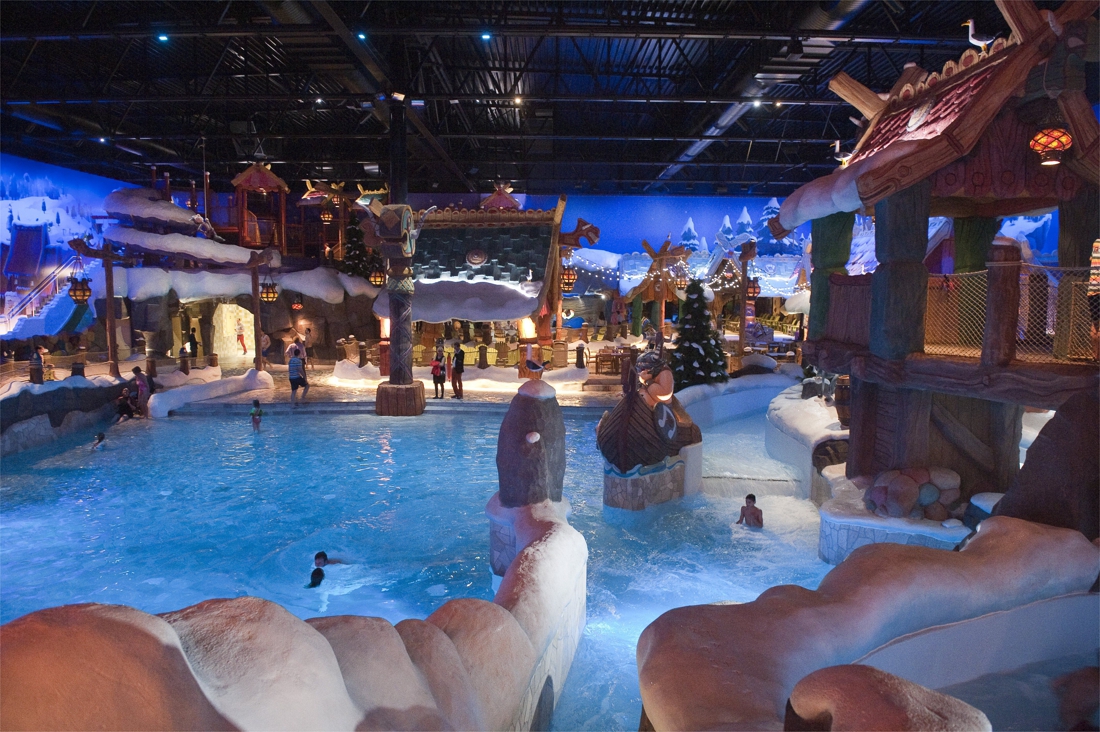Offenbach – The Bauhaus is heavily marketed in tourism by Dessau, after all it is a UNESCO World Heritage Site. But what about the Hochschule für Gestaltung (HfG) and its predecessors in Offenbach? Although the artistic reform movement and the protagonists who later worked in Dessau would be inconceivable without the Offenbach “Technical Educational Institutions”, the educational establishment is nowhere near as well known as it should be.
HfG professor Kai Vöckler and journalist Christian Welzbacher want to change this with their latest publication: As editors, both dealt with the history of technical teaching institutions from 1902 to 1933 – a time that was formative for many developments such as Art Nouveau and Bauhaus or the “New Frankfurt”. In addition to Welzbacher, the book also includes contributions from the heads of the Offenbach museums and historian Christina Uslular-Thiele.
The impetus for the book project comes from Holger Niedenthal, chairman of the “Friends of the HfG”, who also supported the publication financially. When Niedenthal took a closer look at the Catholic church builder Dominicus Böhm, it struck him that he always appears in literature as a “Cologne boy” – although he spent his formative years in Offenbach at the educational institutions. After a lecture, Niedenthal spoke to Vöckler and Welzbacher, and the idea for the book was born.
While many other book projects on historical topics suffer from the fact that many sources were destroyed in the Second World War, both of them had to do with the opposite: they opened up a wealth of material. “We can therefore only highlight individual topics,” says Welzbacher, “it would be very worthwhile to research certain points more closely.”
For example, the connection between Offenbach’s educational institutions and Mathildenhöhe in Darmstadt – Grand Duke Ernst Ludwig himself promoted the exchange between the two institutions, appointed lecturers and gave suggestions for development. Who knows that the bronze figures of the “Ludo Mayer Fountain” were first exhibited on Mathildenhöhe in front of the wedding tower? “But hardly anything has been written about it because the material has never been evaluated,” says Vöckler. The Grand Duchy of Hesse, Offenbach and Darmstadt, were at the center of artistic development at that time.
Hugo Eberhardt’s work for war invalids in the vocational training hospital of Isenburg Castle, Ludo Mayer’s work for the university, the exchange with Viennese artists or the collaboration between the educational establishment and the Klingspor type foundry and other companies are still awaiting evaluation and publication. “The students at the teaching institutions were also involved in Ernst May’s ‘New Frankfurt’, but that is hardly known to the general public,” says Welzbacher.
Both HfG President Bernd Kracke and Philipp Gutbrod, Head of the Mathildenhöhe Institute, want to emphasize the artistic exchange Offenbach-Darmstadt more in the future, Niedenthal hopes for a touristic implementation to make the HfG more visible.
The book also provides material for a current discussion in urban politics: after all, Hugo Eberhardt, whose fame is controversial in the city, was the main actor at the university during the period presented. He hopes that the publication will give Eberhardt’s character new facets for posterity, says Vöckler.
The book
“The technical training institutes Offenbach am Main 1902-1933. An Approach ”, 256 pages, Avedition Stuttgart, is available in bookshops for 29 euros.
From Frank Sommer
–


